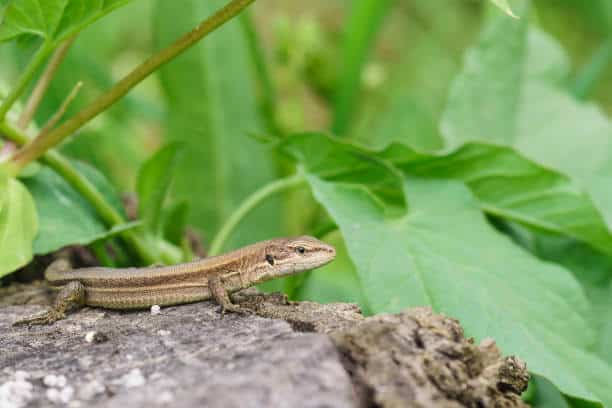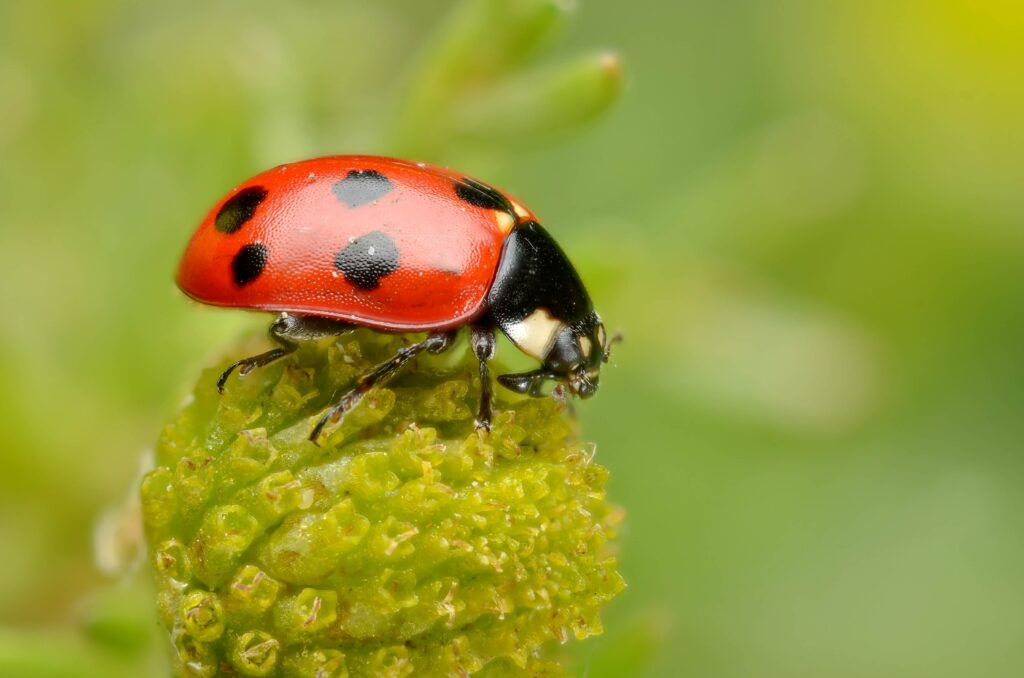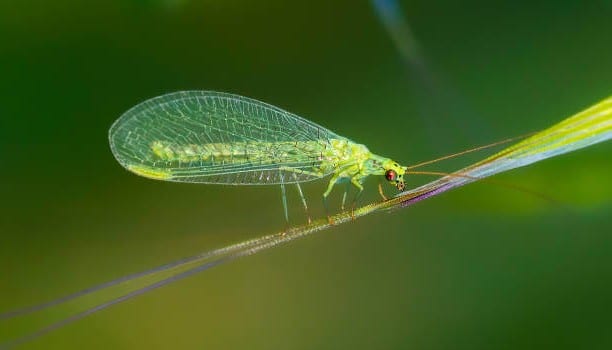Normally when we see lizards, we see them scurrying among the stones, sunbathing on a wall or hiding under a pot, and although they often go unnoticed, they play a key role in the ecosystem of our orchard. Discreet, fast and voracious, these insectivorous reptiles become great allies when it comes to controlling pests naturally.
Therefore, in this post we tell you why you should be happy to have lizards in your garden, what benefits they bring and how to create an environment where they can live peacefully.
Why are lizards useful in our vegetable garden?
Lizards, such as the Podarcis muralis or the Podarcis hispanicuscommon in warm and sunny environments, play a key role in the natural balance of our orchard, their presence is a sign that the environment is healthy, diverse and well structured.

As we mentioned at the beginning of this entry, one of the greatest benefits of lizards is natural pest control, as they feed on a wide variety of insects that can be harmful to plants in the garden, such as aphids and thrips, small caterpillars, flies and mosquitoes or larvae and eggs of other harmful insects.
And although they are not as well known as other auxiliary species(ladybugs or lacewings), their role as predators is just as important and complementary, helping to keep the populations of these insects under control.
In addition, another point in favor of having these little ones running around is that they do not cause direct damage to the orchard, since they do not feed on plants or fruits, nor do they dig or modify the soil structure. Their presence is discreet, fulfilling their function without interfering with the work of the crop and without altering the balance of the soil.
How to attract lizards to the orchard?
- Offer them natural shelters. Lizards love quiet and protected corners, so we can leave small stones, piles of firewood, piles of dry leaves or hollow logs in sunny areas, which will serve as a hiding and resting area.
- Avoid the use of chemical products. Insecticides and herbicides not only harm insects, but also those who feed on them. If you eliminate their food source, such as small insects, caterpillars or aphids, lizards will find no reason to stay. In addition, toxics can directly affect their health, and the last thing we want to do is harm a living thing.
- Add elements for sunbathing. Being cold-blooded animals, lizards need sunny areas where they can regulate their temperature, in a quiet and safe place for them. Place some flat stones or wooden planks in places with direct sunlight. They will love to use them as a solarium and it will serve as an attraction for them to stay.
- Controls the presence of cats and other predators. If you have cats at home or your garden is frequented by them, try to limit their access, at least during certain times of the day. Cats may see lizards as prey, which could discourage them from settling in your garden.
- Promotes biodiversity. The more life in your garden, the more balanced the ecosystem will be. Planting flowers that attract insects, such as marigolds or lavender, and maintaining a healthy environment can benefit not only lizards, but also other allies such as bees, hoverflies or butterflies. And although some butterfly caterpillars can be voracious, it is always good to have some controlled infestation of these or other insects, as they will serve to feed our allies and encourage them to stay.
Care and precautions
Having lizards in the orchard is fortunate, but for their presence to be sustainable and beneficial in the long term, some key factors that often go unnoticed should be taken into account:
Do not alter their environment once established: If lizards have decided to settle in your garden, avoid constant intervention in the areas where they usually move. Frequent tilling, moving stones or dismantling shelters can disorient them or cause them to abandon the place. Ideally, observe where they feel comfortable and respect that space as part of the natural balance.
Do not handle them or try to domesticate them: Although their presence may be endearing, it is important to remember that they are wild animals. Capturing or moving them can generate a high level of stress and even put them in danger. In addition, a lizard displaced from its environment is unlikely to adapt or survive.
Leave some pests alive: In a healthy garden, not everything needs to be “100% controlled”. Lizards need to feed, so having a small presence of insects such as crickets, spiders, small moths or aphids (at low levels) is not only not a problem, but helps to maintain a balanced population of natural predators. As with other insect allies, if we completely eliminate their prey, they will also disappear.
Protect shelters from wind and humidity: Lizards need warmth and protection, but also shelters that are not flooded or exposed to cold drafts. Make sure that areas where they can shelter are well-drained and oriented to the sun, without direct exposure to heavy rain or areas with constant watering.
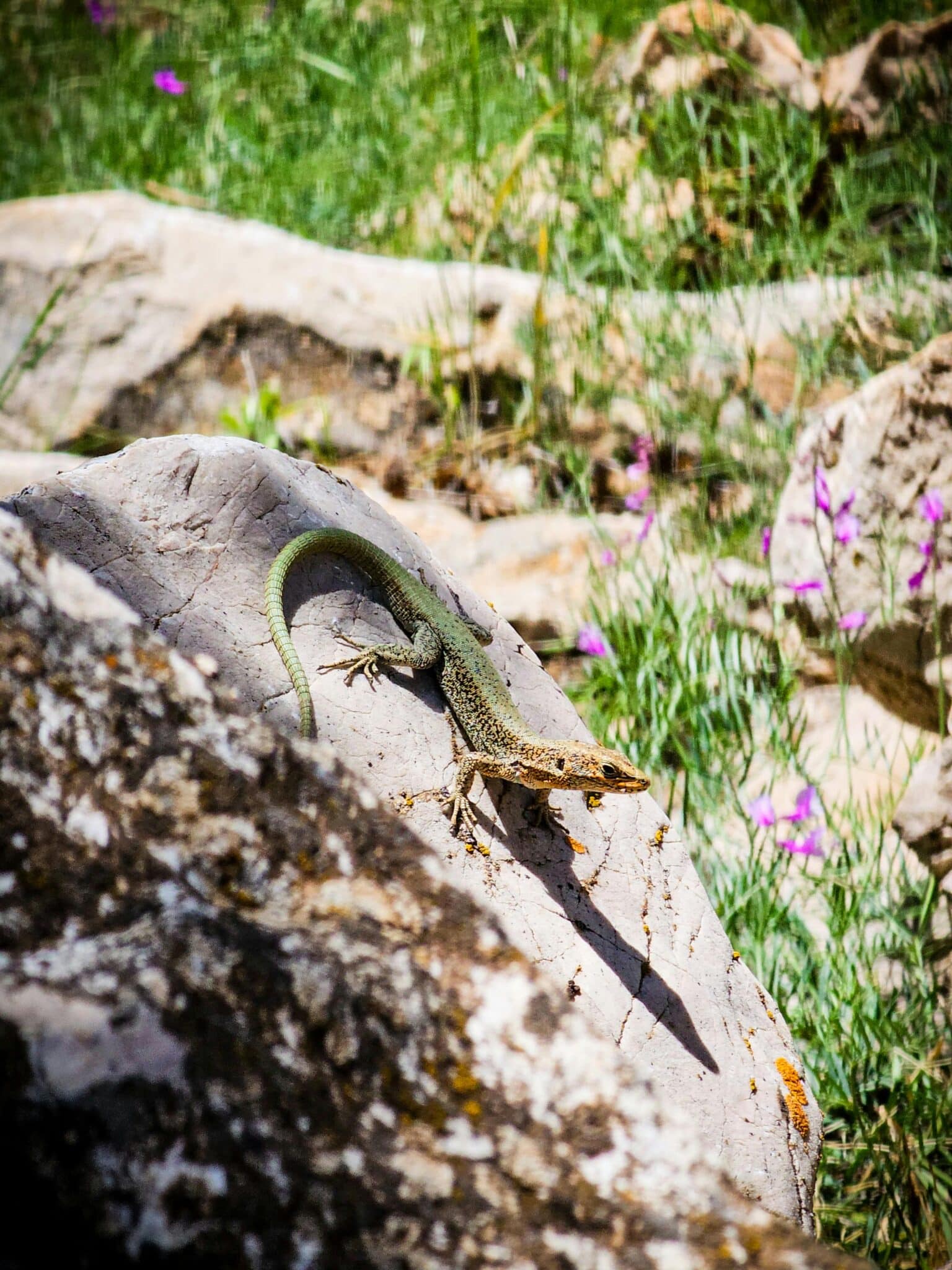
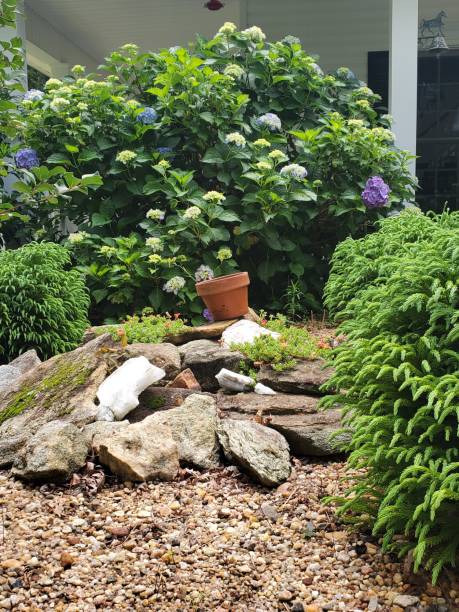
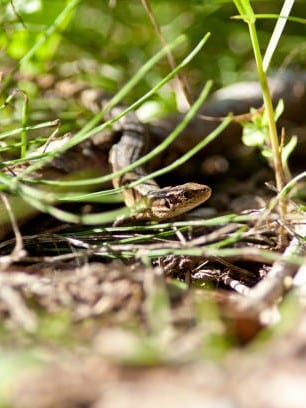
Ultimately, in addition to keeping pesky insects at bay, lizards help us reduce dependence on artificial methods of pest control, thus promoting a more stable long-term balance. Their presence reminds us that a living garden is much more than just plants: it is a complex ecosystem where each species, however small, has a role to play.

